MOUNT ST. ALPHONSUSPHOTOGRAPHED BY WILLIAM MURPHY
MOUNT ST. ALPHONSUS
The Redemptorist Church at Mount St. Alphonsus, South Circular Road, Limerick is more than 150 years old. It is open twelve hours every day so it is more accessible than most churches in Ireland and it is well worth a visit and if you do visit you will have plenty of time to view it.
The Redemptorists have been in Limerick since 1853 and are known locally as “The Fathers” and they have had a huge impact on life period however there is a very unpleasant event, the Limerick Boycott in 1904, associated with the order.
The Redemptorists first came to Limerick in 1851 to preach a mission in St John’s. Two years later they established a temporary presence in Bank Place and moved to the present site, which they named Mount St Alphonsus, in 1854. The current church was dedicated on December 7th, 1862.
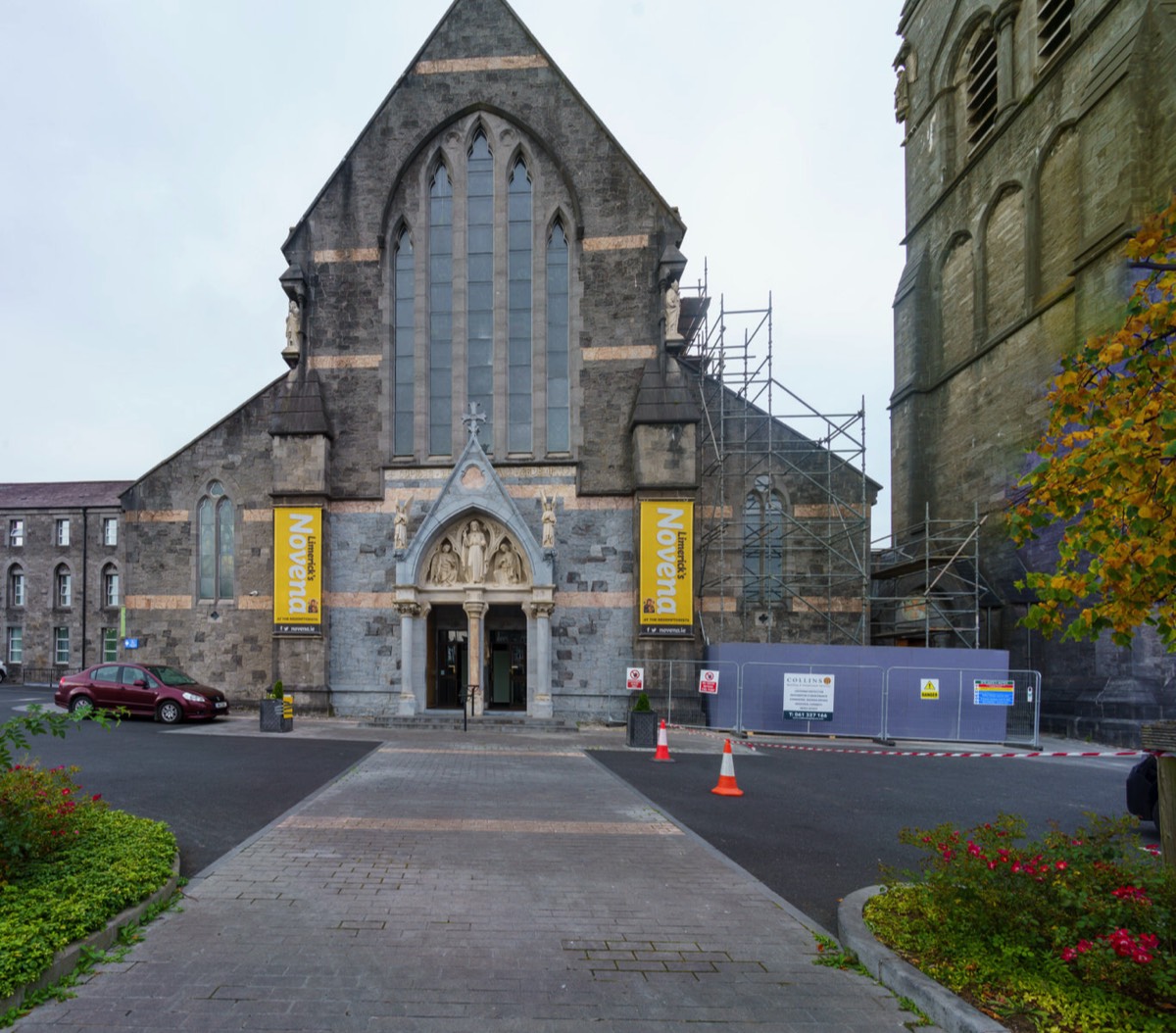
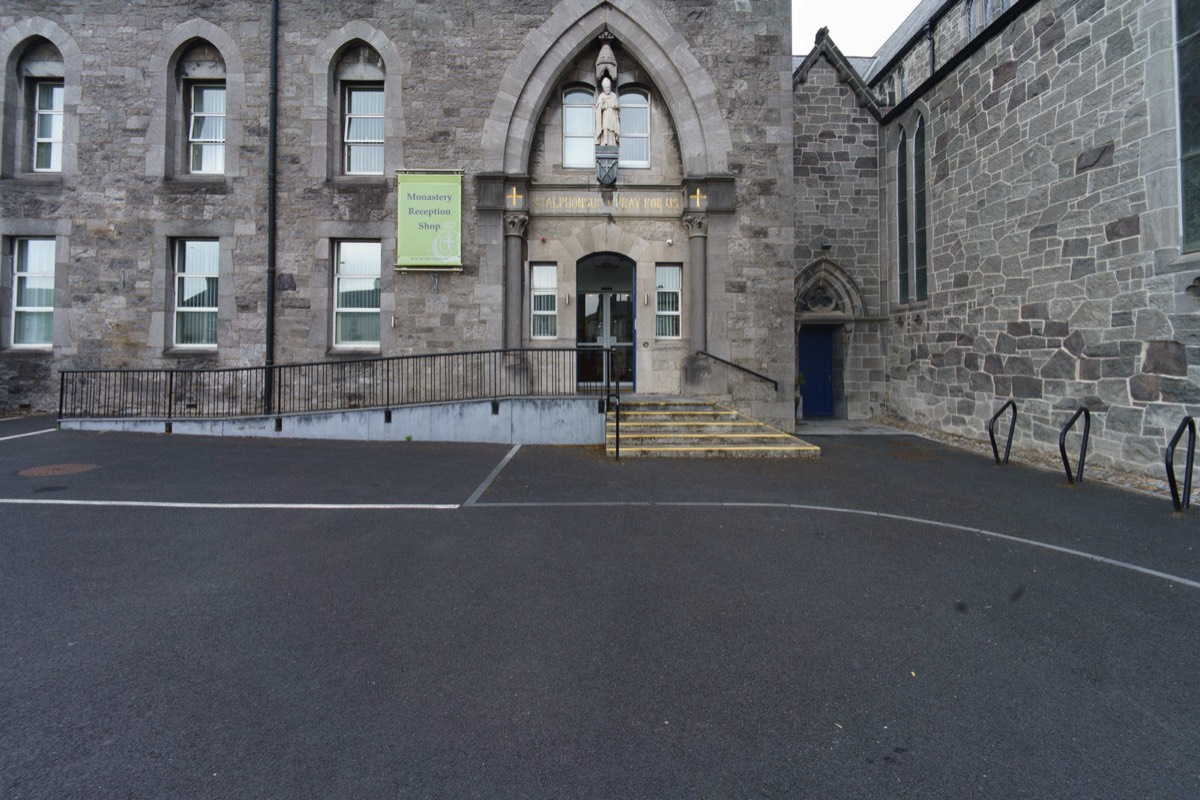
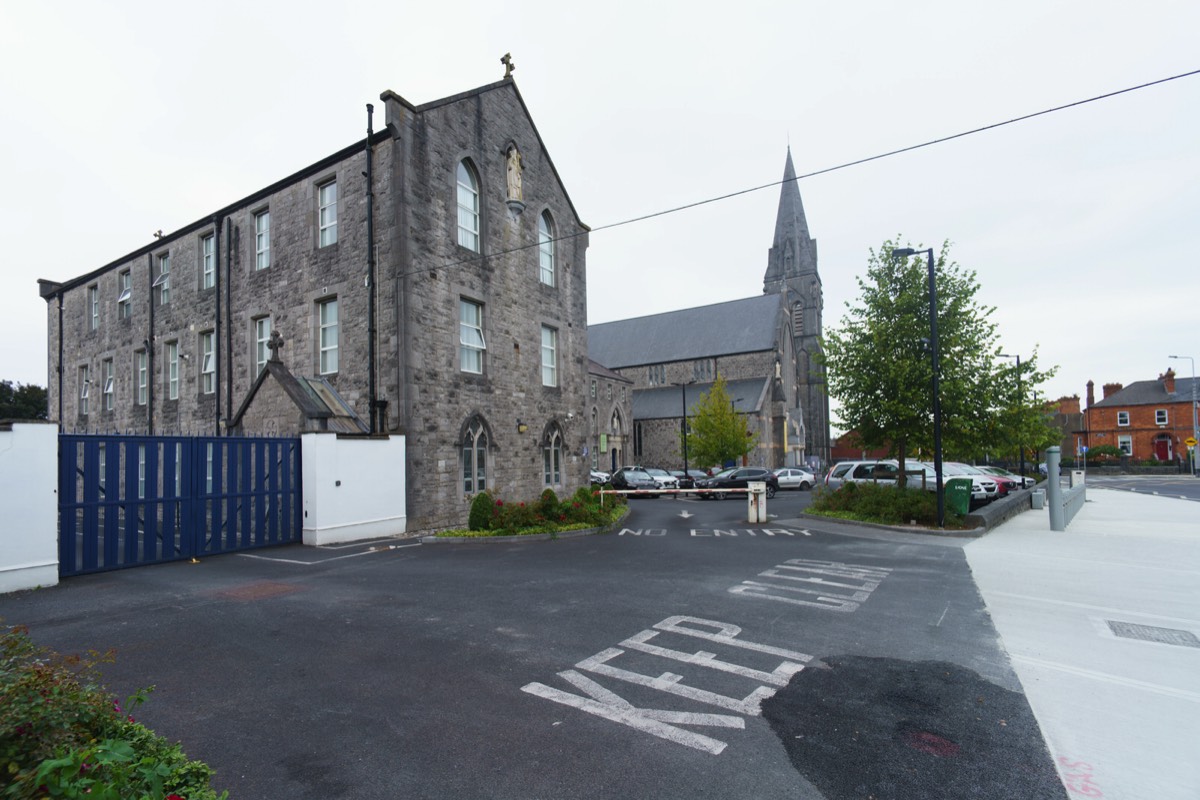
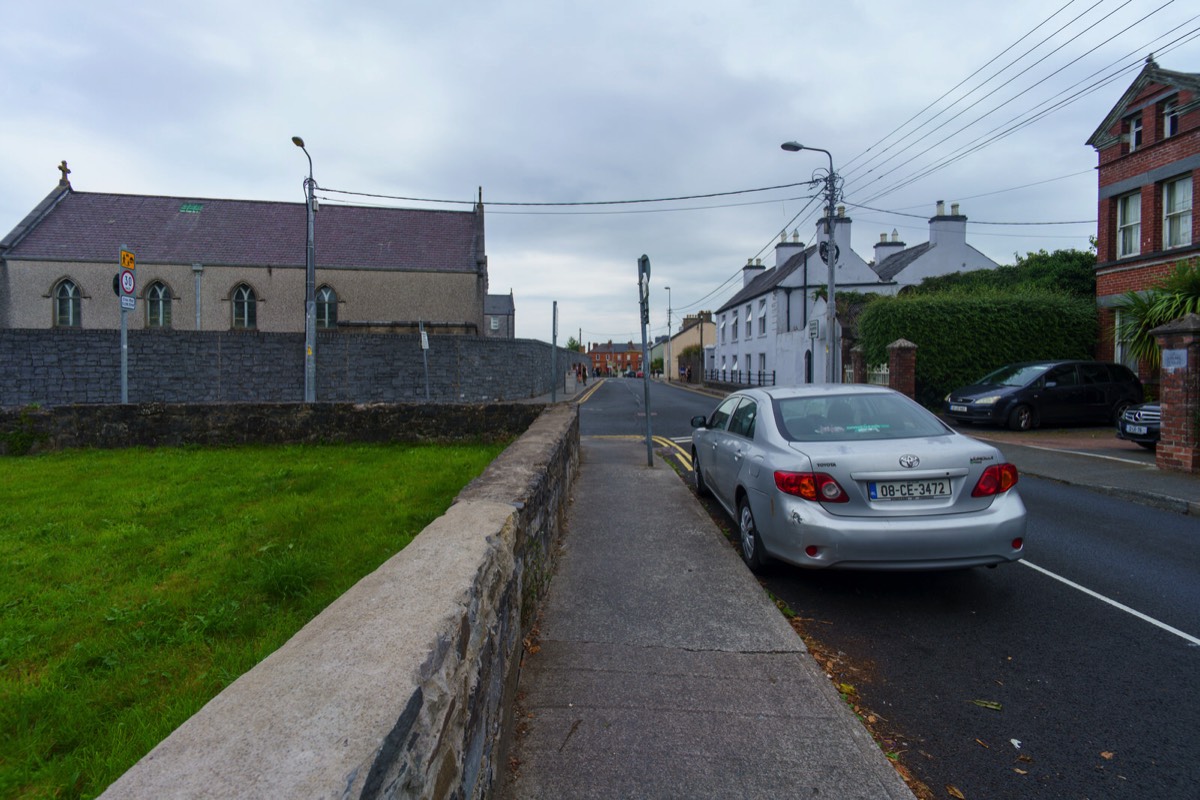
The Limerick boycott, also known as the Limerick pogrom, was an economic boycott waged against the small Jewish community in Limerick, Ireland, for over two years in the first decade of the twentieth century. It was accompanied by a number of assaults, stone throwing and intimidation, which caused many Jews to leave the city. It was instigated in 1904 by a Redemptorist priest, Father John Creagh. According to a report by the Royal Irish Constabulary, five Jewish families left Limerick "owing directly to the agitation" while another 26 families remained.
In 1904 Father John Creagh, a Redemptorist, gave a sermon attacking Jews. He repeated many historical myths about Jews, including that of ritual murder, and said that the Jews had come to Limerick "to fasten themselves on us like leeches and to draw our blood". Dermot Keogh describes what happened after Creagh delivered his lecture calling for a boycott on 11 January 1904.
Colooney Street where most Limerick Jews lived, was only a few minutes walk from the Redemptorist church. The hundreds who left the church after the meeting had to pass the top of Colooney Street [now Wolfe Tone Street] on their way home; many were fired up by Creagh's incendiary sermon. The Jewish community immediately sensed the menacing mood of the crowd turned mob and remained locked in their homes as the church militants passed by. Jewish shops, however, remained open and their owners felt menaced. One old Fenian – a member of the confraternity – single-handedly defended a shop from attack until the police arrived to mount a guard.
John Raleigh, a teenager (15 years of age), was arrested and incarcerated in Mountjoy Prison for one month for throwing a stone at the Jews' rebbe (leader) (which struck him on the ankle). Once released he returned home to a welcoming throng who were protesting that the teenager was innocent and that the sentence imposed was too harsh. While in prison Raleigh was called a "Limerick Jew slayer" by a warder, but Raleigh, who claimed he was innocent, was insulted by this and reported the incident to the chief warder.
Later, after 32 Jews had left Limerick due to the boycott, Creagh was disowned by his superiors, who said that "religious persecution had no place in Ireland". There was a voice of opposition among the local population which was expressed in an anonymous letter to the Redemptorists labelling Creagh a "disgrace to the Catholic religion".
The economic boycott of the Jewish community lasted over two years. It is sometimes referred to as the "Limerick pogrom"; Dermot Keogh suggests that this derives from the experience of Lithuanian Jews in their homeland, and was used even though no one was killed or seriously injured in Limerick.
It is claimed that Limerick's Protestant community, many of whom were also traders, supported the Jews at the time, but despite this five Jewish families (numbering 32 persons) left the city because of the boycott. Some went to Cork, intending to embark on ships from Cobh to travel to America.
Some of the families that left Limerick due to the boycott were the Ginsbergs, the Jaffés (to Newcastle), the Weinronks (to South Africa), and the Goldbergs (to Leeds).
The Goldberg family ended up leaving Leeds and settling in Cork. Gerald Goldberg, a son of this migration, became Lord Mayor of Cork in 1977, and the Marcus brothers, David and Louis, grandchildren of the boycott, would become hugely influential in Irish literature and Irish film, respectively.
Among the Jaffé family that left Limerick due to the boycott was the grandfather (Henry Jaffé) of the journalist and popular historian Simon Sebag Montefiore. But Montefiore's great-great-grandparents (Benjamin and Rachel) remained in Limerick and were living in Catherine St. in 1911 along with his great-grandparents (Marcus and Leah) who at this time employed two local Roman Catholics who were resident at the same address.
Marcus Jaffé, who was a dentist, was still practising in Limerick in 1925. The boycott was condemned by many in Ireland, among them the influential Standish O'Grady in his paper All Ireland Review, depicting Jews and Irish as "brothers in a common struggle". The Land Leaguer Michael Davitt (author of The True Story of Anti-Semitic Persecutions in Russia), in the Freeman's Journal, attacked those who had participated in the riots and visited homes of Jewish victims in Limerick. His friend, Corkman William O'Brien MP, leader of the United Irish League and editor of the Irish People, had a Jewish wife, Sophie Raffalovic.
A supporter of the Limerick boycott was Arthur Griffith who founded the Sinn Féin party the following year.
Father Creagh was moved by his superiors initially to Belfast and then to an island in the Pacific. In 1914 he was promoted by the Pope to be Vicar Apostolic of Kimberley, Western Australia, a position he held until 1922. He died in Wellington, New Zealand in 1947.
The Redemptorists were established in 1732 by the Italian Alphonsus Liguori, who was later canonized. The Congregation of the Most Holy Redeemer (Redemptorists) was finally approved by Pope Benedict XIV in 1749. This church was built to the designs of Thomas Hardwick and the work was supervised by William Edward Corbett. Wallace was the builder.
The foundation stone was laid on the 30th May 1858, and the church was dedicated to Saint Alphonsus on the 7th December 1862. The church cost £17,000. George Goldie designed the high altar for the Redemptorist Fathers which was unveiled and dedicated on the 15th October 1865. Goldie and Child were the architects responsible for the design of the tower and spire. It cost £7,550.
The builder was Ryan & Son. George Coppinger Ashlin in 1890 and in 1893 carried out decorative work and in 1926, Ashlin and Coleman painted the interior dome. Saint Alphonsus Roman Catholic church is located within the parish of Saint Joseph, which was established in 1973. The Redemptorists came to Limerick in 1851, moving from various temporary situations, until the execution of this church on Mount Saint Alphonsus. The Mission cross, located to the right of the door, was donated by the Drapers Assistants. Sculpture to façade by Michael Pearse and Sons. The bell tower completed in the succeeding decades, and was paid for by Mr. John Quin, a local merchant.
Commercial DisclosurePLEASE NOTE THAT LINKS BELOW MAY REDIRECT YOU TO THE AMAZON LOCATION MOST LIKELY TO SHIP TO YOUR ADDRESS
You will find links to buy products from Amazon, Google and other partners. If you click on these links, you’ll find that the URL includes a small extra piece of text which identifies that the click came from my websites. This text is an affiliate code, and it means that I get a small percentage of the money you spend if you choose to buy that product, or, in some cases, other products from the site soon after. These affiliate links help pay the costs of producing my websites and ensure that the content is free to you.
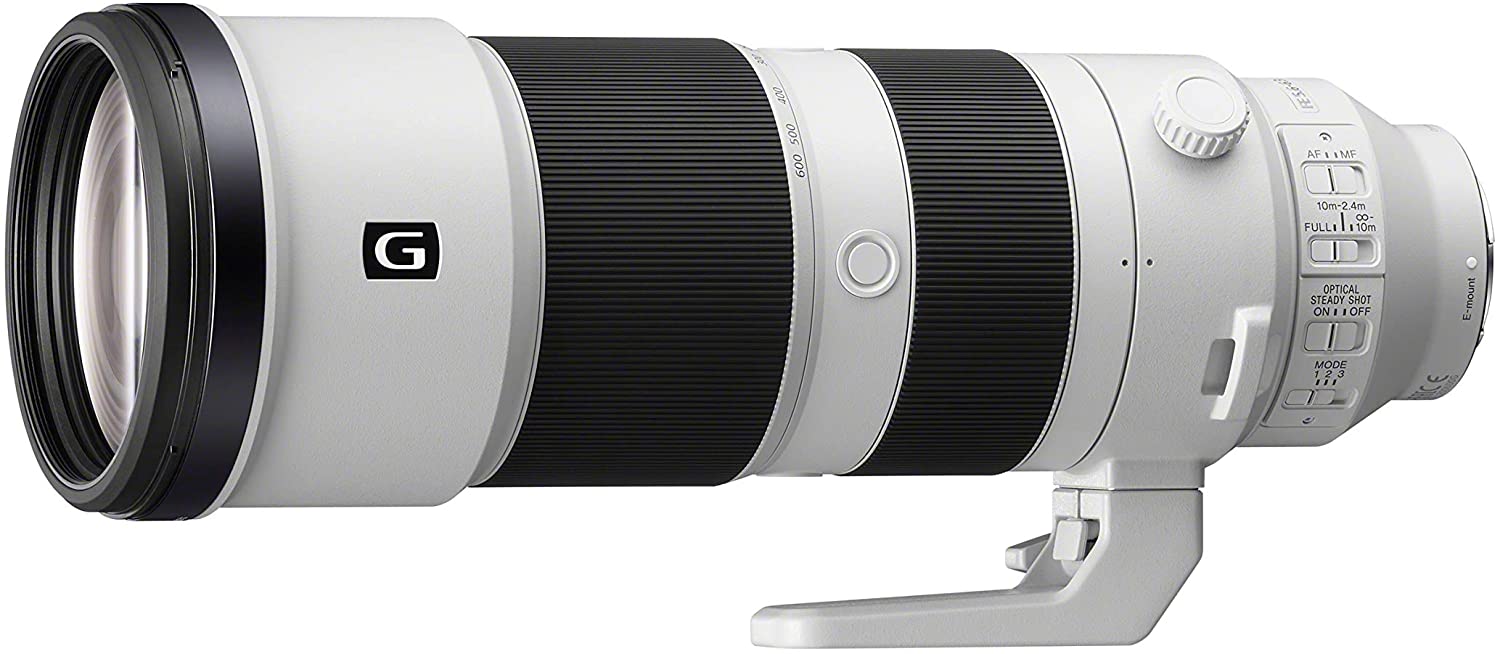
Sony FE 200-600mm F5.6-6.3 G OSS Super Telephoto Zoom Lens (SEL200600G)
I Have Had Little Chance To Use My Copy
Outstanding g lens resolution throughout the Zoom range 5x ED (extra-low dispersion) glass elements Reduces flare & ghosting Direct drive Supersonic Wave Motor for fast, quiet, precise focus Aspherical lens element dramatically reduces spherical aberration Nano AR coating suppresses Reflections, flare and ghosting
THIS IS A BIG LENS
COPYRIGHT INFORMATION BELOW APPLIES ONLY TO PHOTOGRAPHS

This work by William Murphy aka Infomatique is licensed under a Creative Commons Attribution-NonCommercial-ShareAlike 4.0 International License.
Permissions beyond the scope of this license may be available at https://excellentstreetimages.com/in-the-year-twentytwenty/copyright/.
